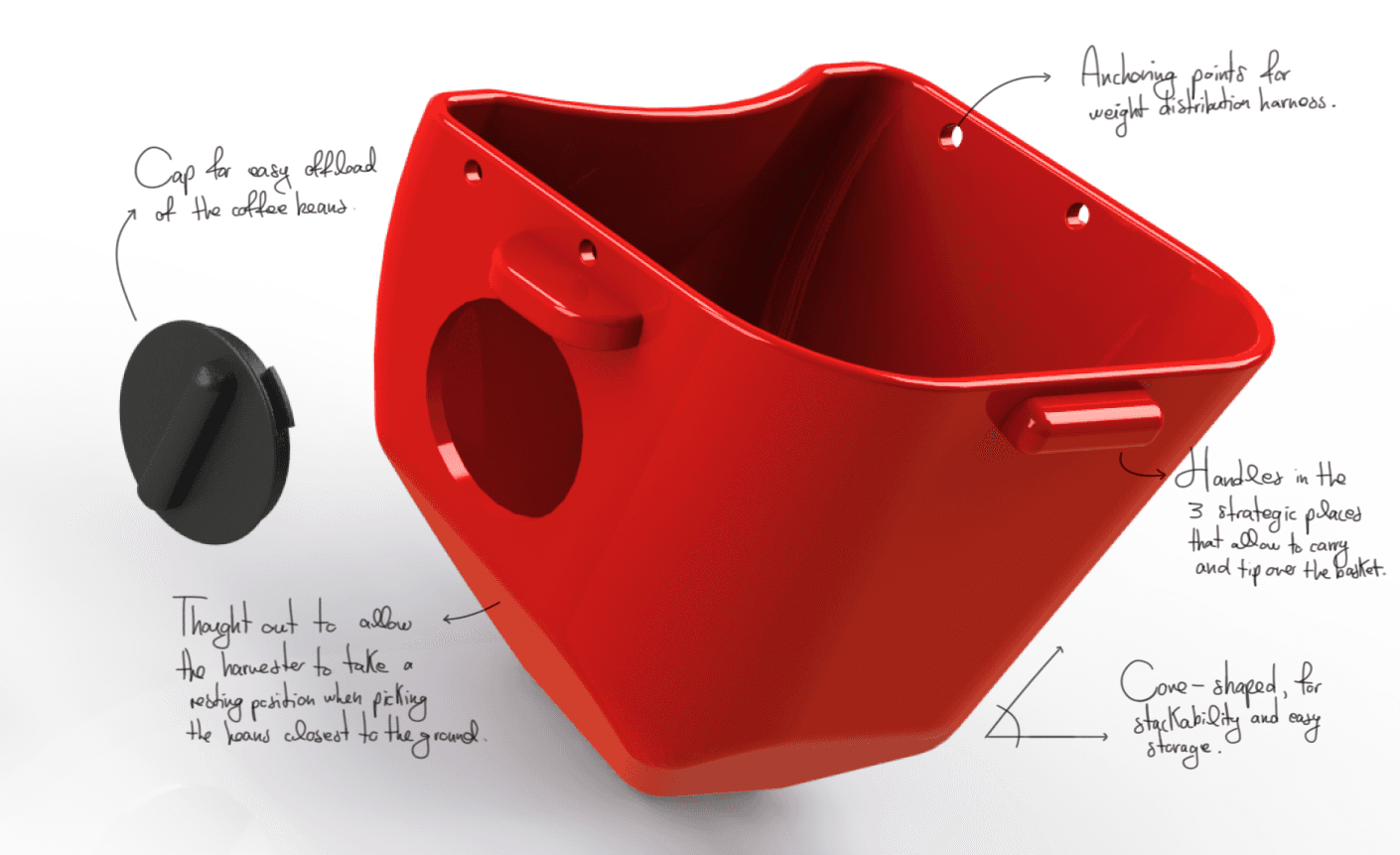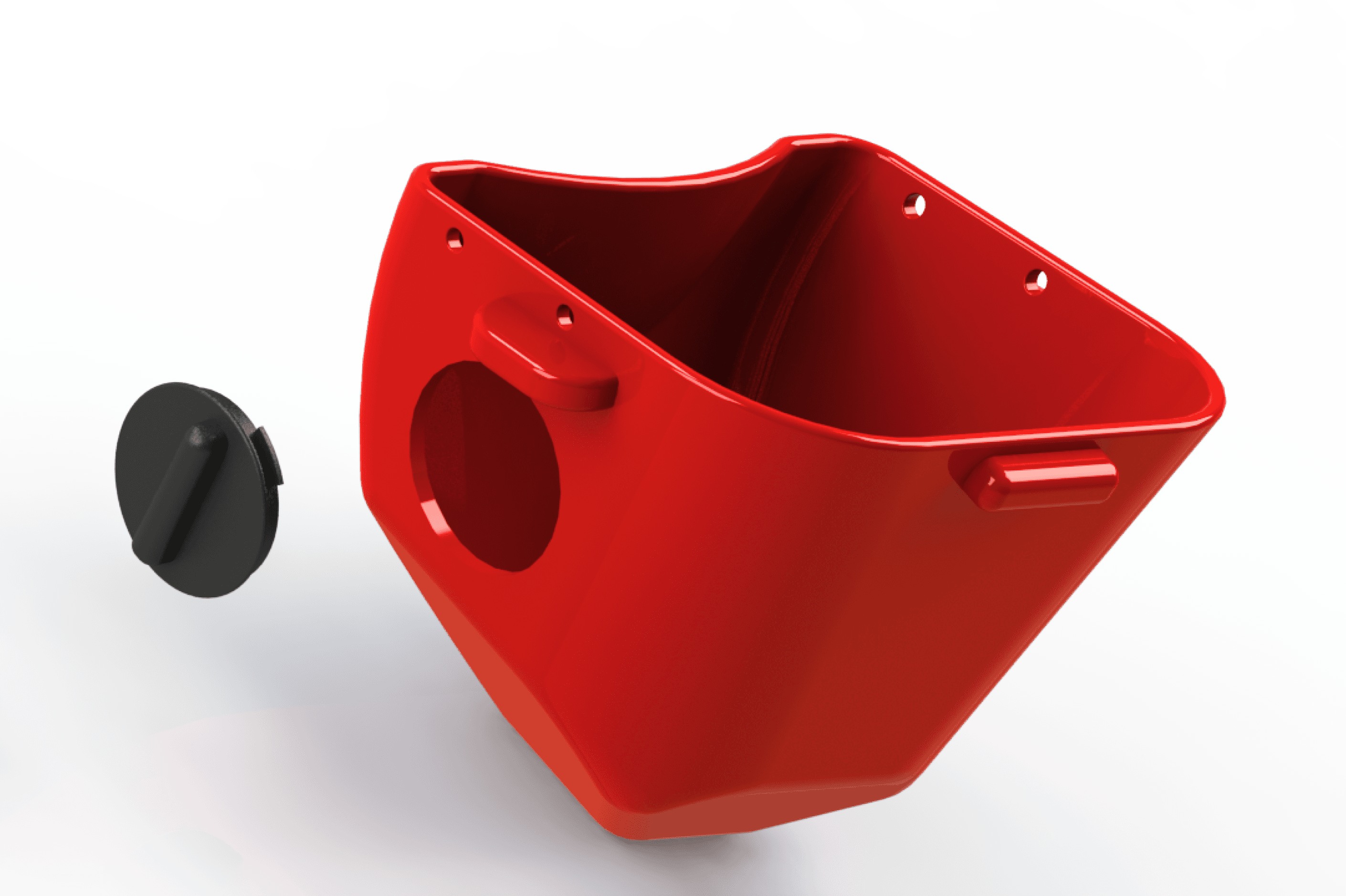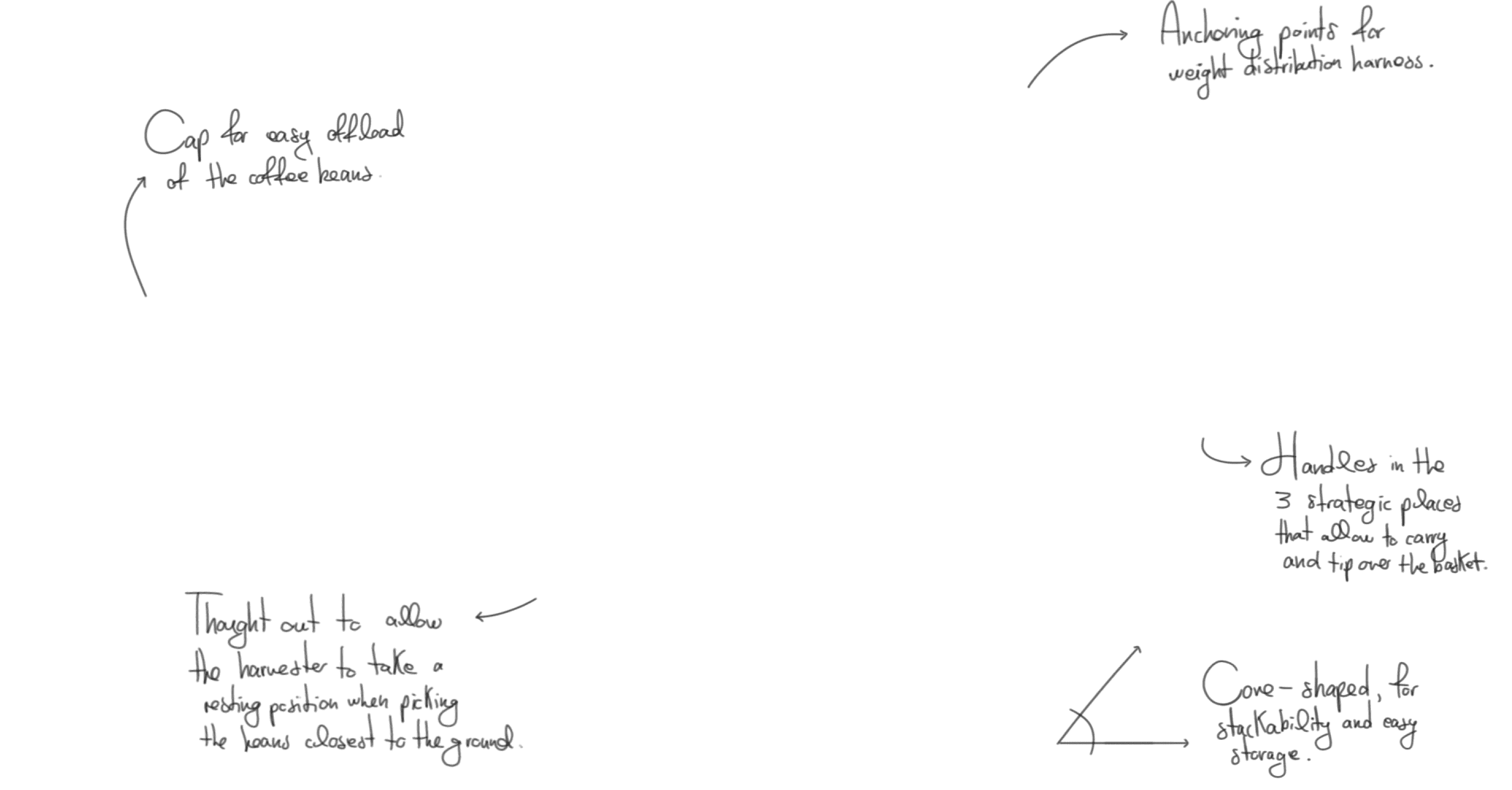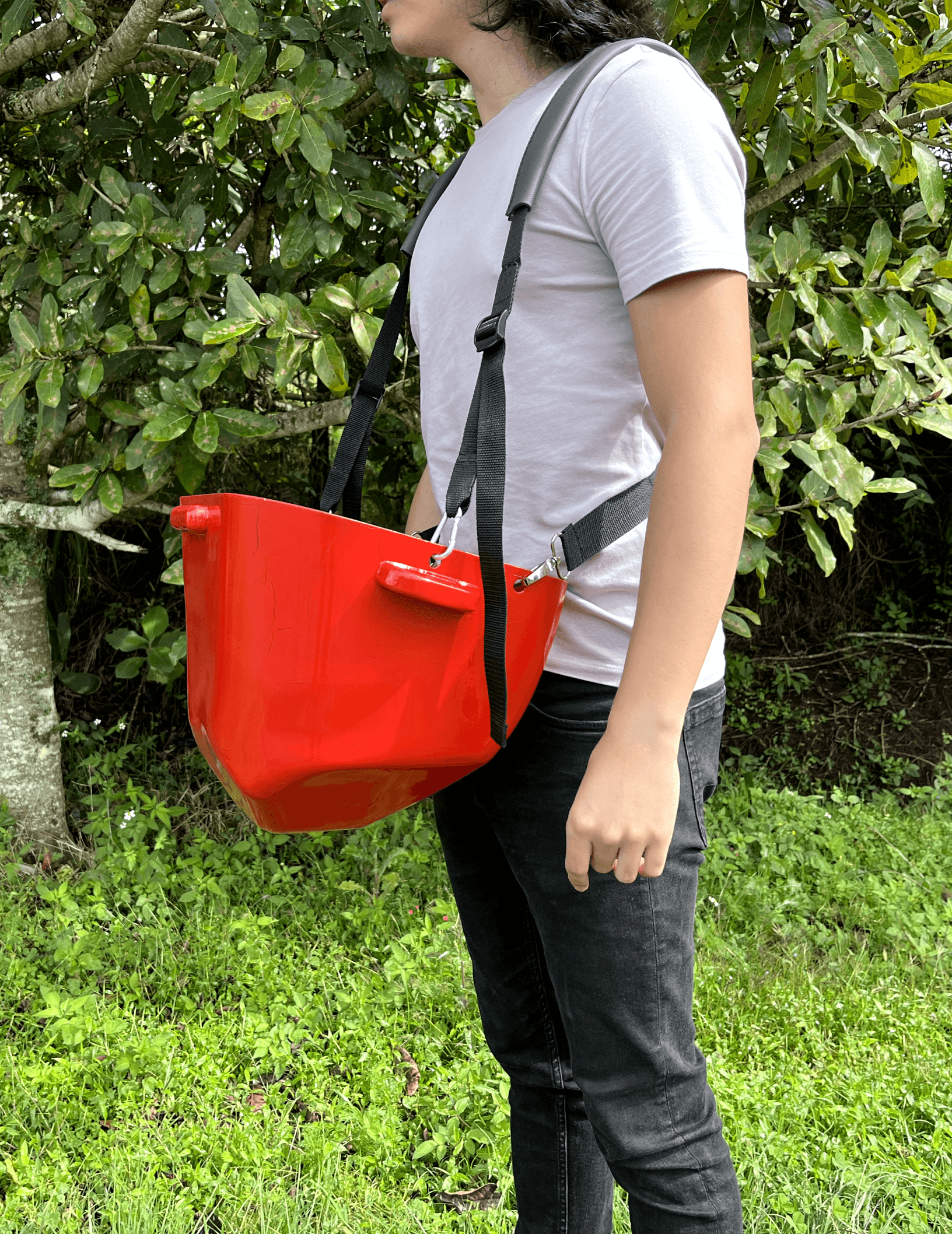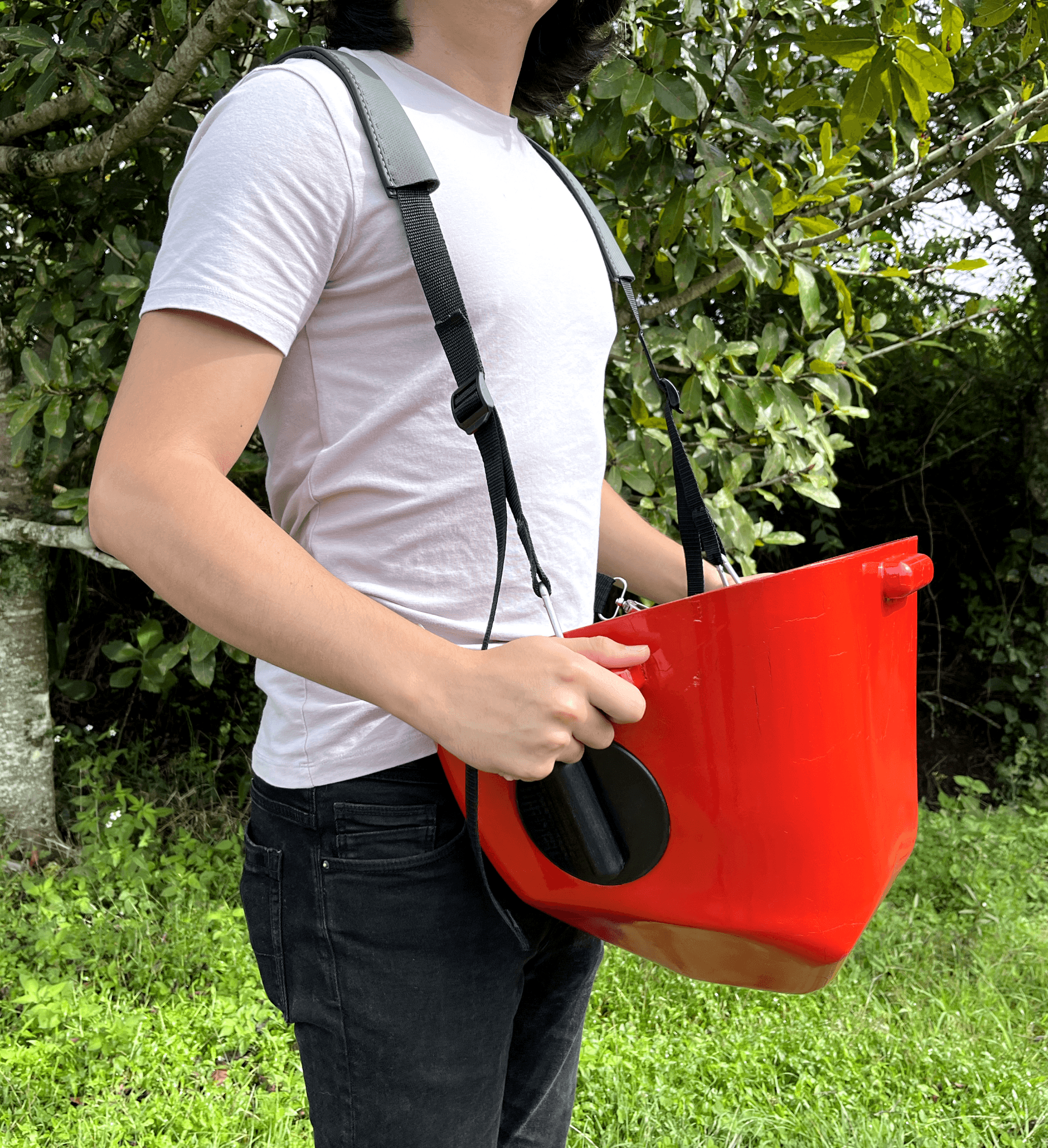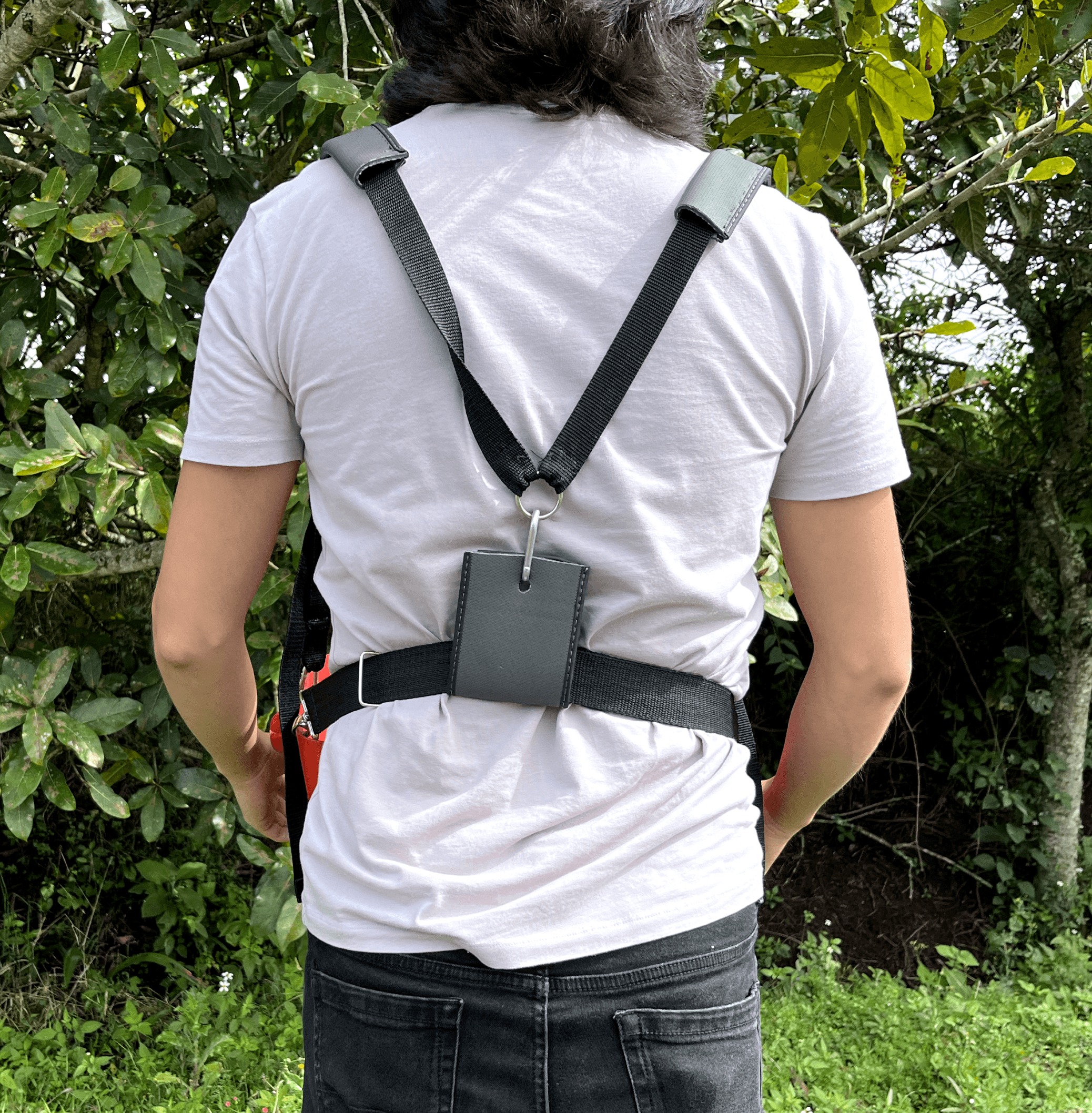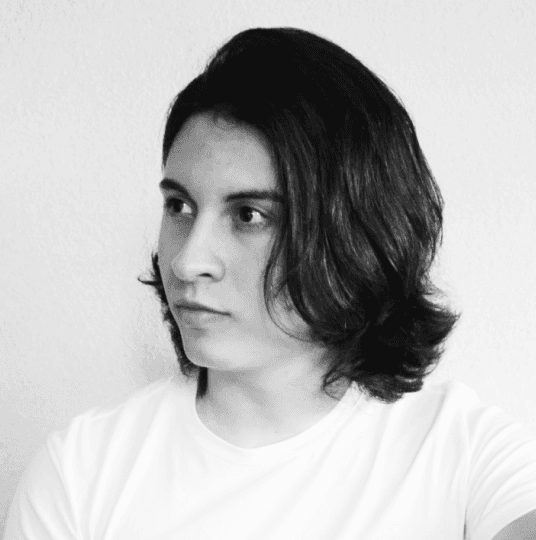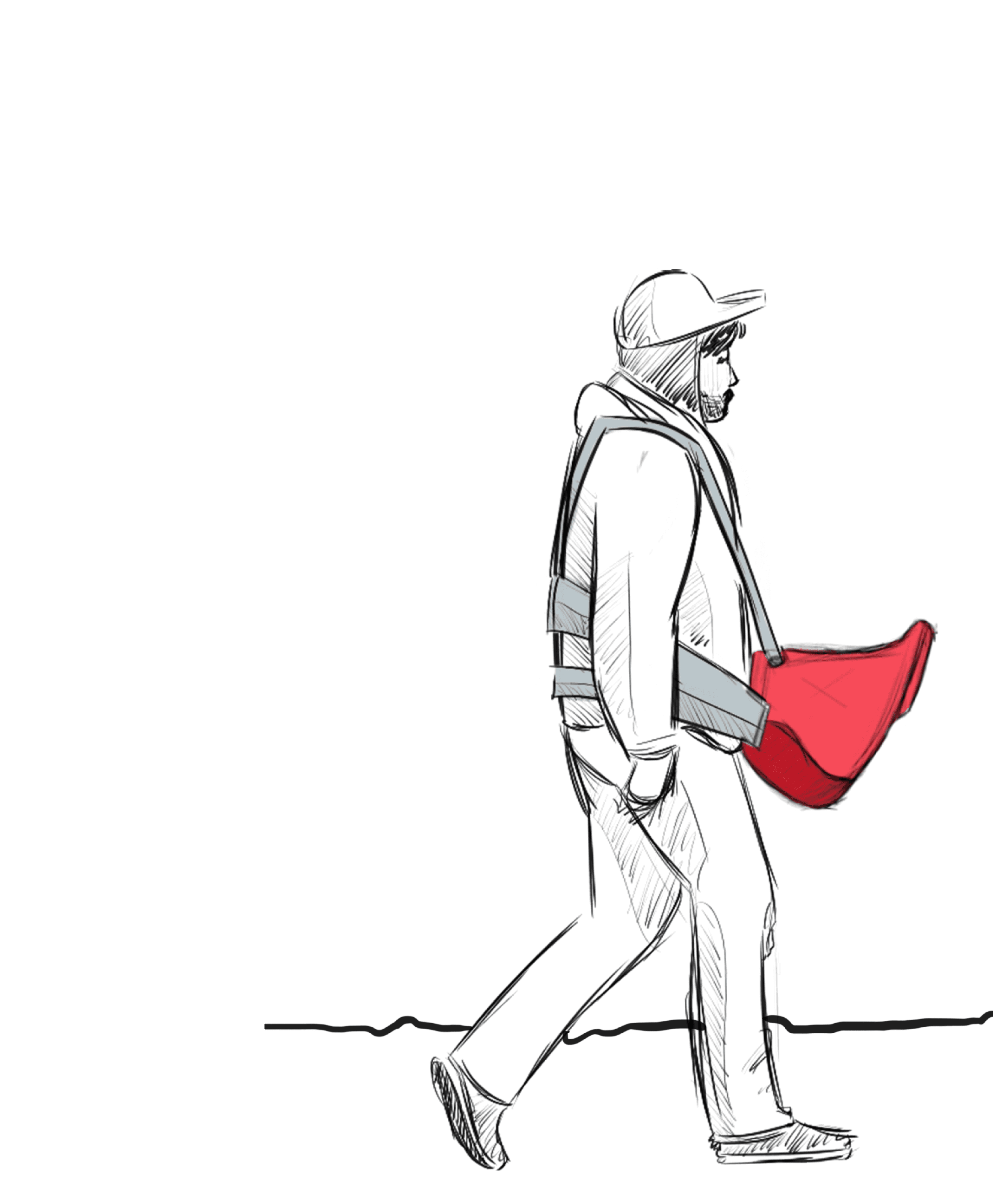
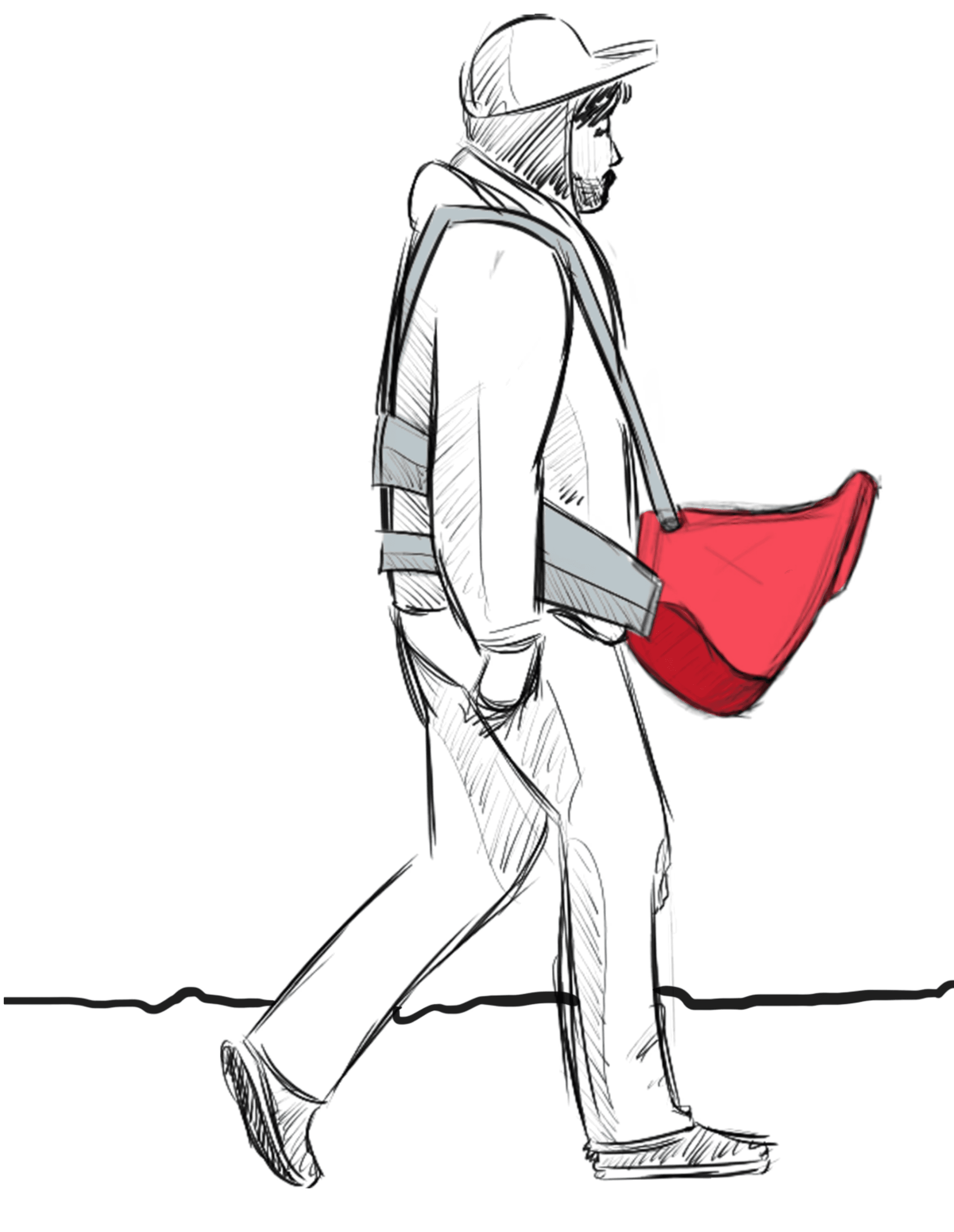


Coffee Picking Basket
Coffee Picking Basket
Research, design, prototyping and testing
Research, design, prototyping and testing
Product Design
We tackled the design challenge of crafting a user-centred version of the traditional coffee picking basket.
We tackled the design challenge of crafting a user-centred version of the traditional coffee
picking basket.
Developed by

Juan Ignacio Garro
Industrial / Experience Designer
Juan Ignacio Garro
Industrial / Experience Designer
Each year, Costa Rica harvests over 70,00 metric tons of coffee
Each year, Costa Rica harvests over 70,00 metric tons of coffee
The country is known to produce some of the best coffee varieties in the world and each year the harvest done by hand with these baskets.
The country is known to produce some of the best coffee varieties in the world and each year the harvest done by hand with these baskets.


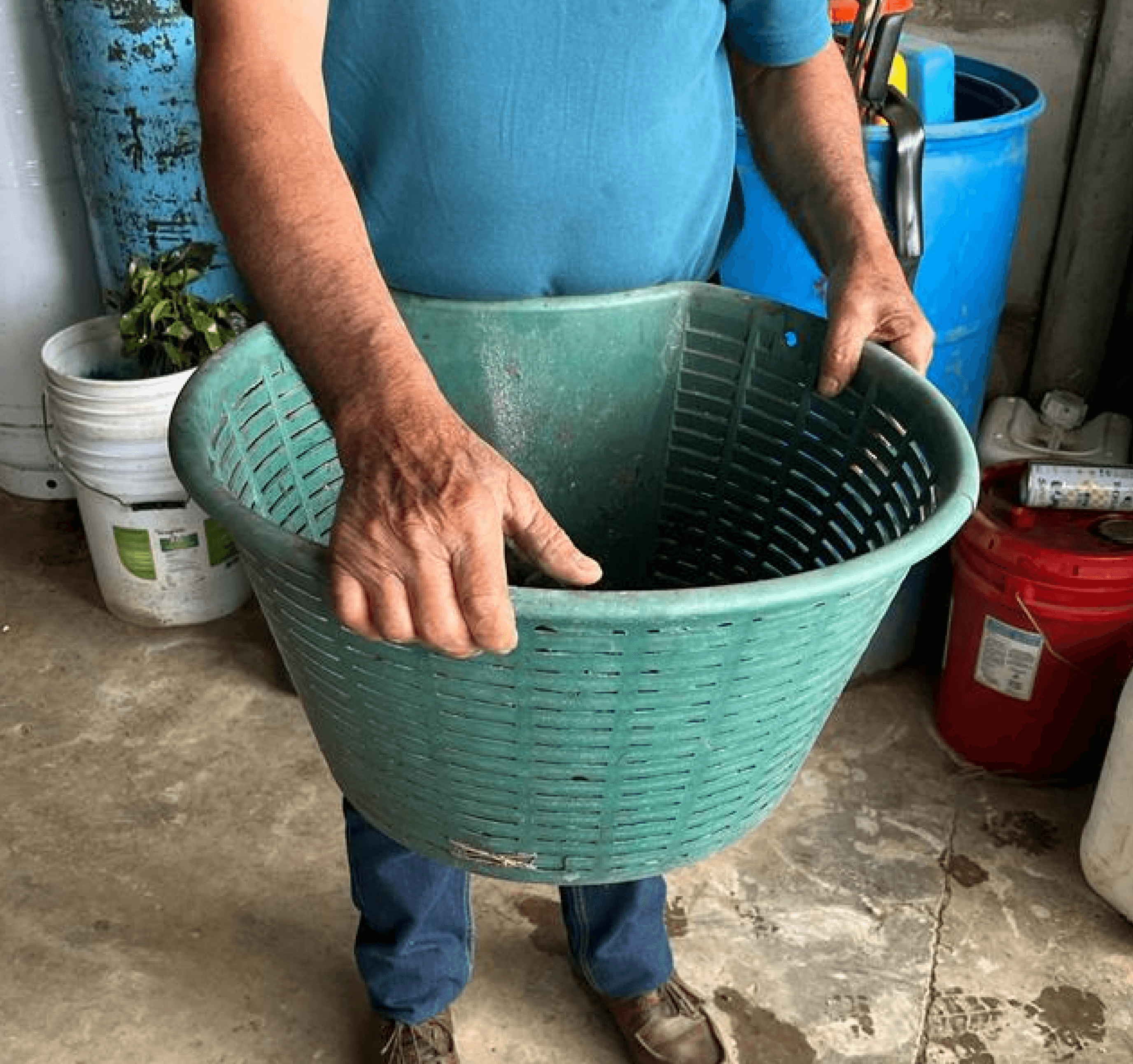

The baskets are poorly suited for prolonged use, can cause the collected beans to spill and require huge efforts to offload the produce into the bags that are used to transport it.
They also put the entirety of the weight on a single point, in the lower back and have a single outward bend that serves as a handle, but it can be painful to do so when the basket is at full capacitiy.
The baskets are poorly suited for prolonged use, can cause the collected beans to spill and require huge efforts to offload the produce into the bags that are used to transport it.
They also put the entirety of the weight on a single point, in the lower back and have a single outward bend that serves as a handle, but it can be painful to do so when the basket is at full capacitiy.
So we took on the challenge of finding a better way
So we took on the challenge of finding a better way
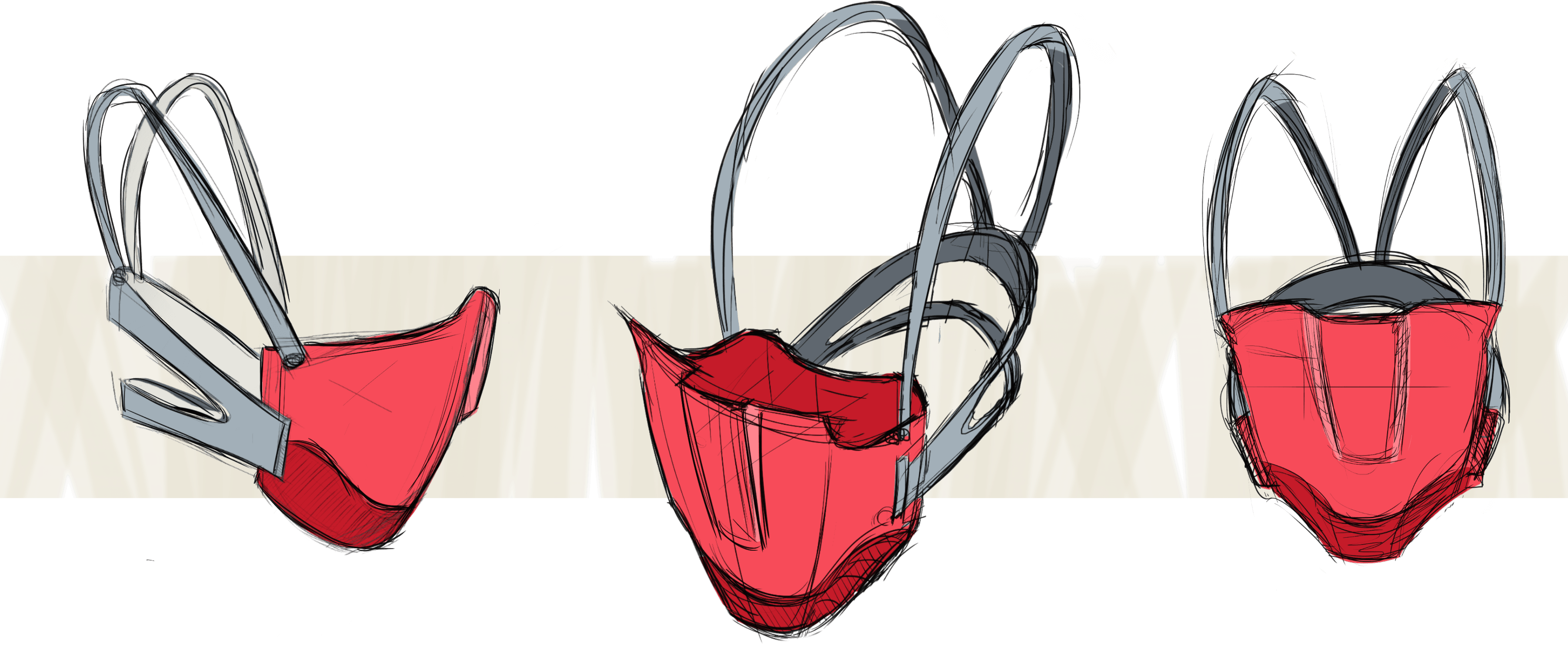

As one does, we started out with a little trip. We set way to the mountains, to the main coffee agriculture region and went for a cup of joe. There we talked to the locals, the baristas, the farmers, the coffee shop owners and the harvesters in order to learn about their experiences.
As one does, we started out with a little trip. We set way to the mountains, to the main coffee agriculture region and went for a cup of joe. There we talked to the locals, the baristas, the farmers, the coffee shop owners and the harvesters in order to learn about their experiences.
First prototype
First prototype
Back home we started to work on ideas that could address the issues that we uncovered (sketches can be seen above) and crafted a prototype. We named it Quasimodo, and it was the base concept from which we could build on top of.
Back home we started to work on ideas that could address the issues that we uncovered (sketches can be seen above) and crafted a prototype. We named it Quasimodo, and it was the base concept from which we could build on top of.
Quasimodo was crude, not very friendly and about as ergonomic as a brick, but it let us test out quick ideas, switch a panel, and test again. This way we didn’t have to keep rebuilding it over and over to test every change and we were able to focus on a single feature at a time.
Quasimodo was crude, not very friendly and about as ergonomic as a brick, but it let us test out quick ideas, switch a panel, and test again. This way we didn’t have to keep rebuilding it over and over to test every change and we were able to focus on a single feature at a time.
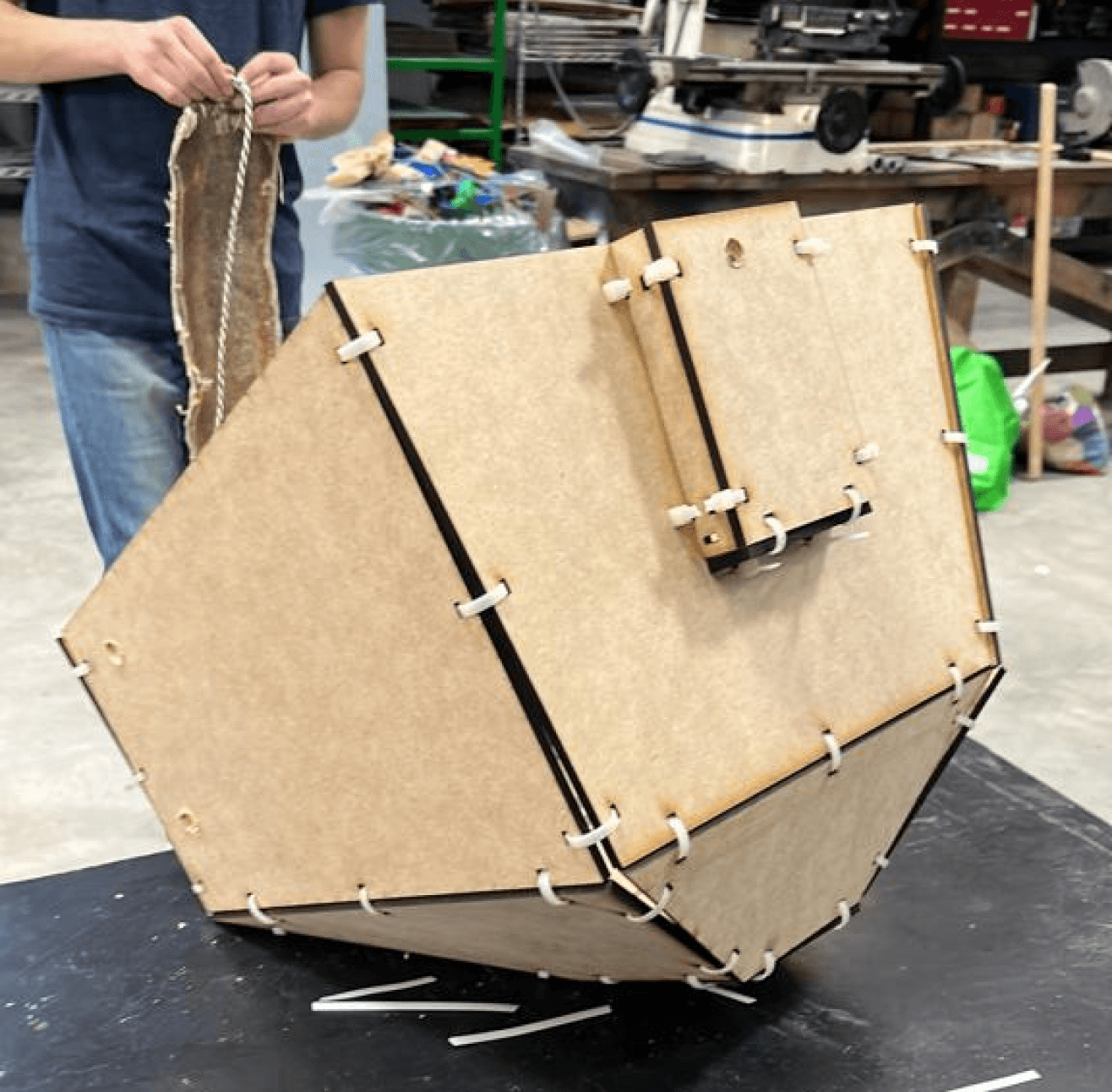


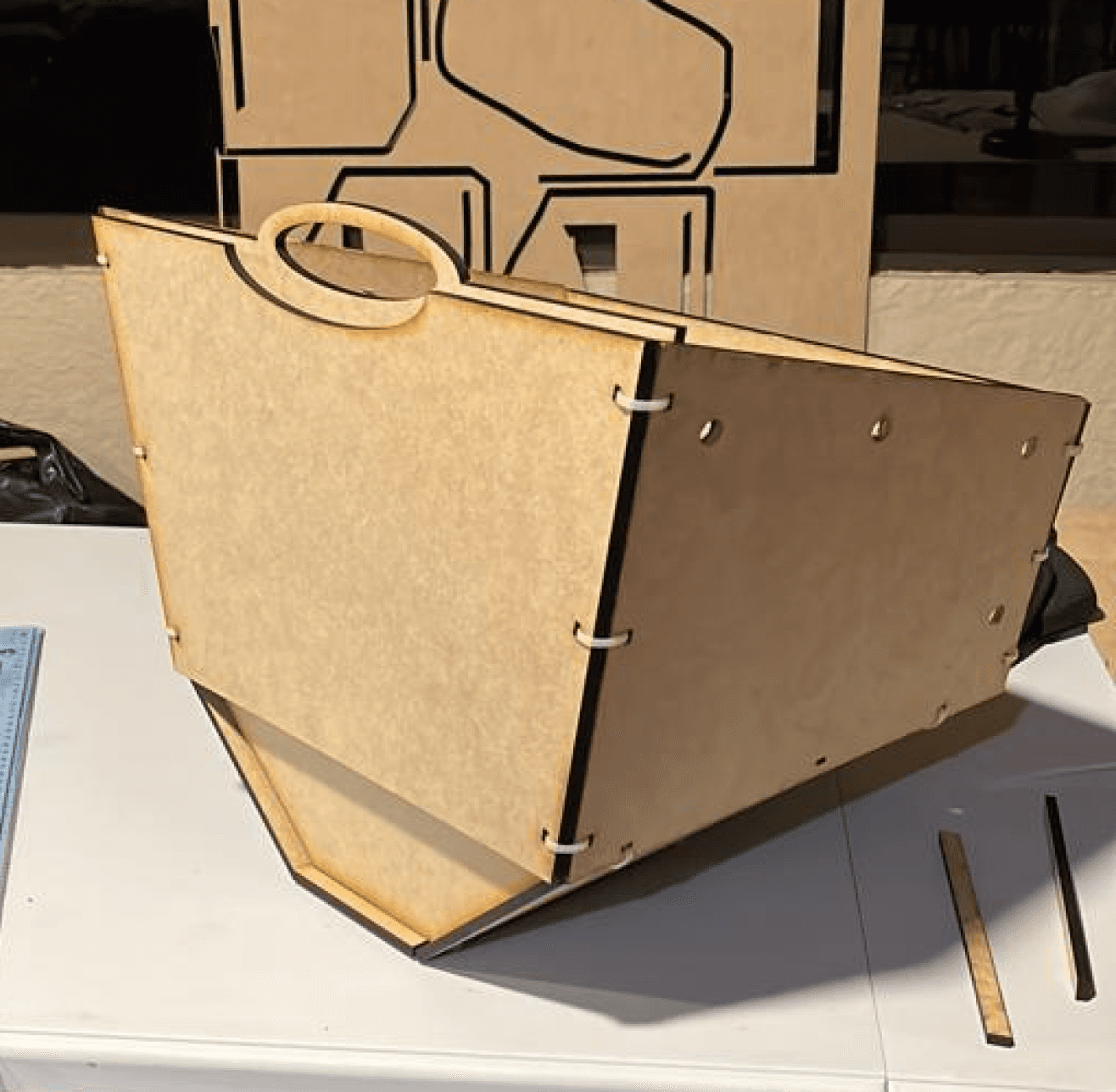





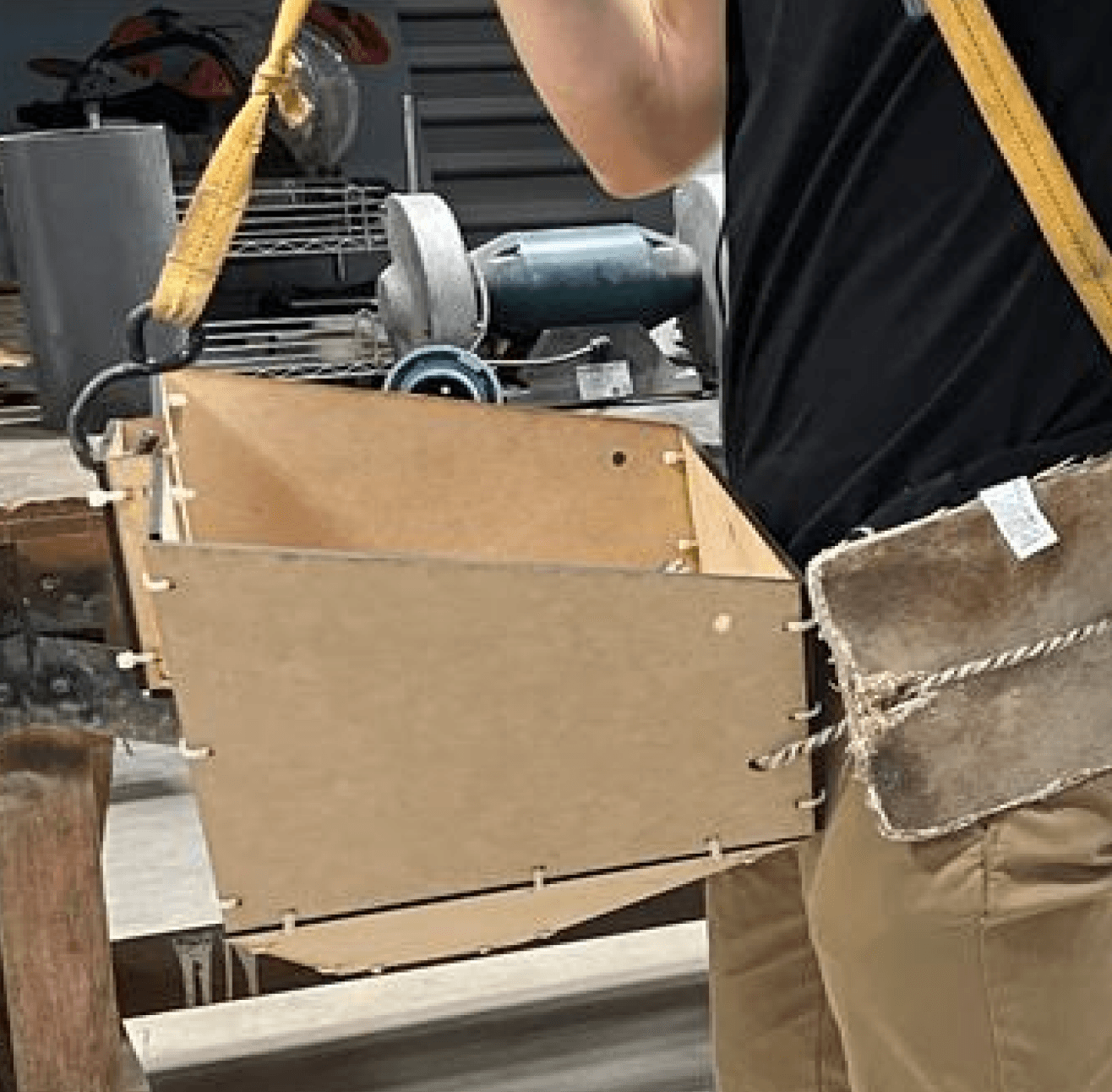


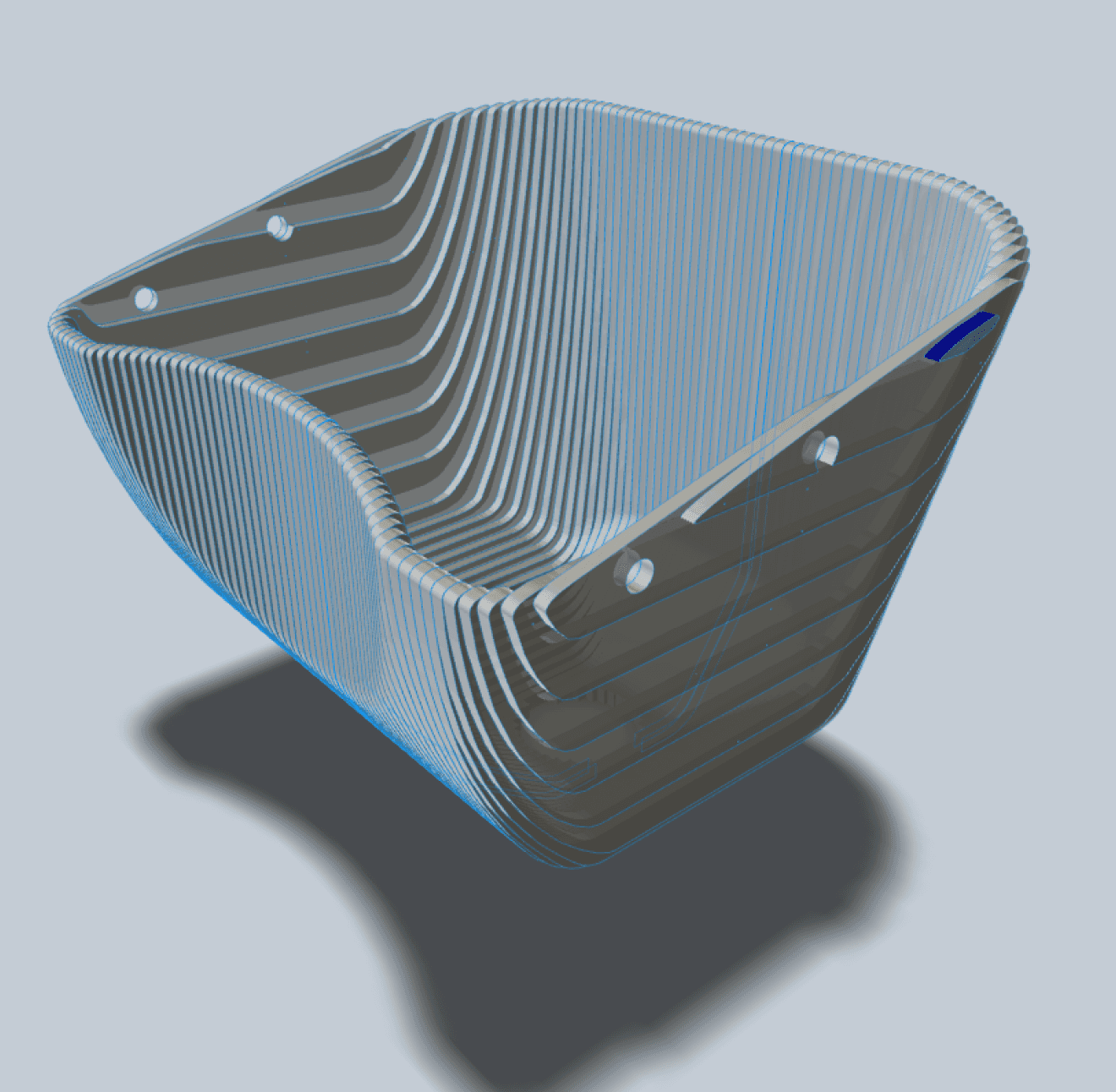


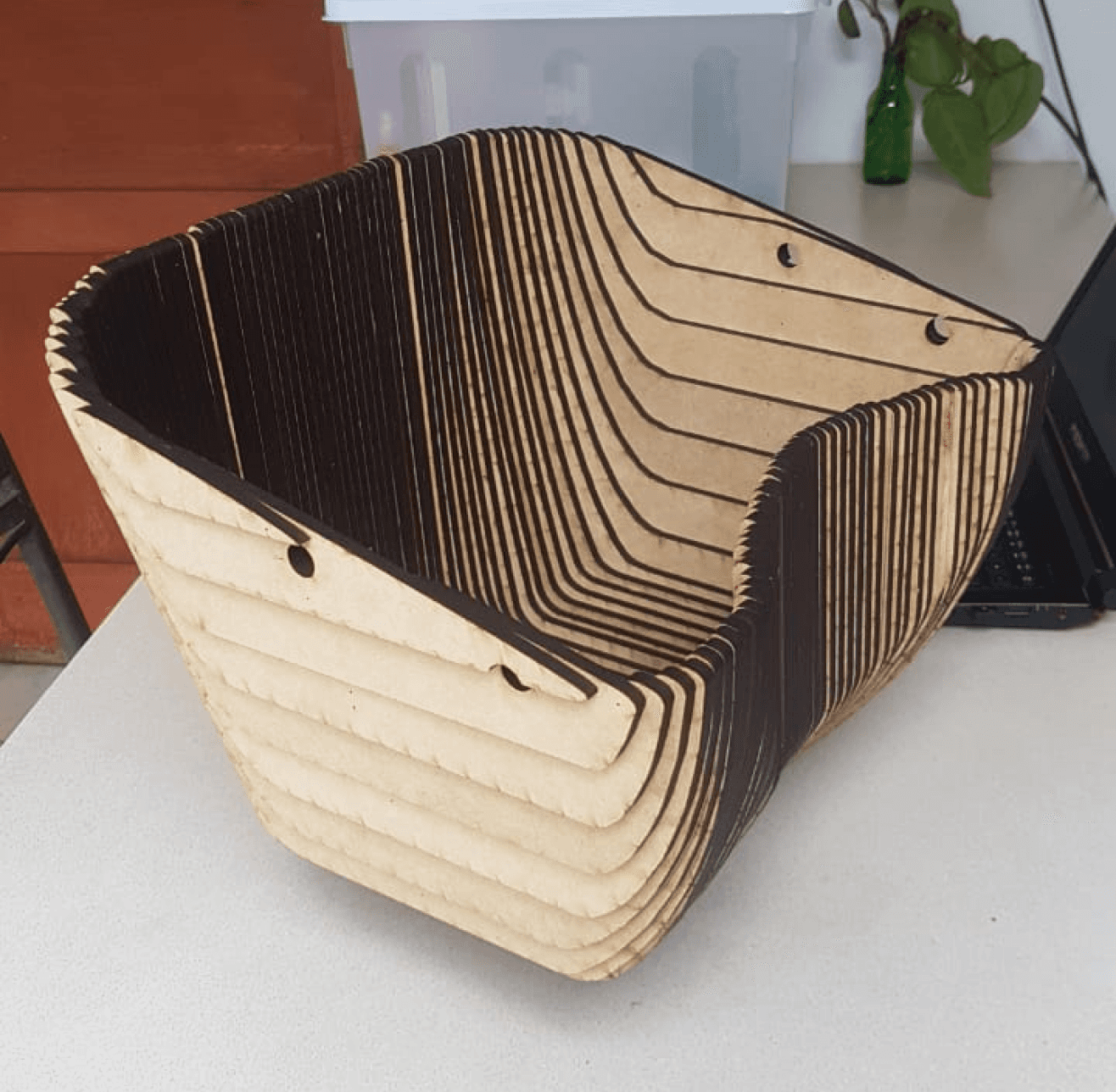


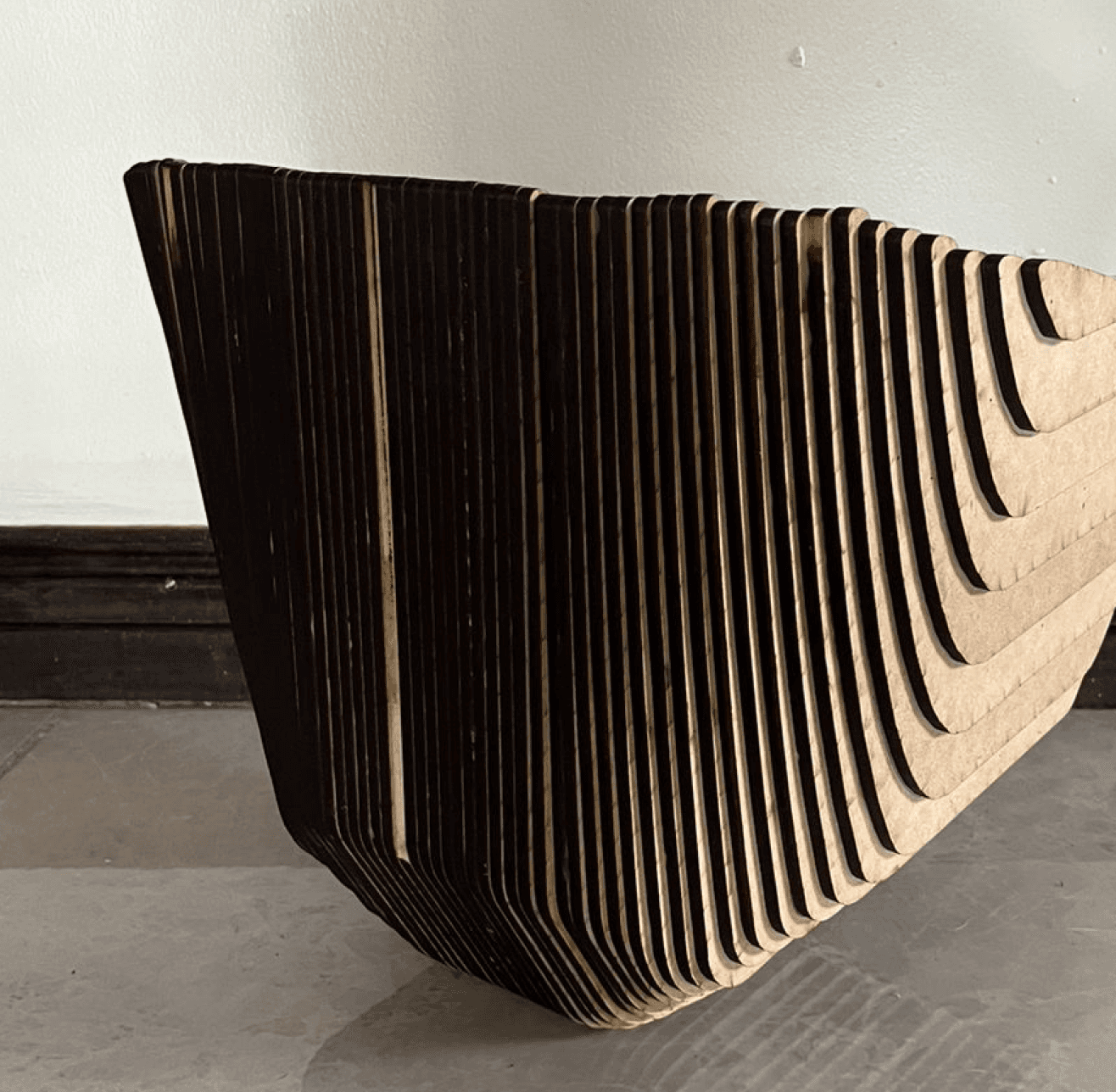


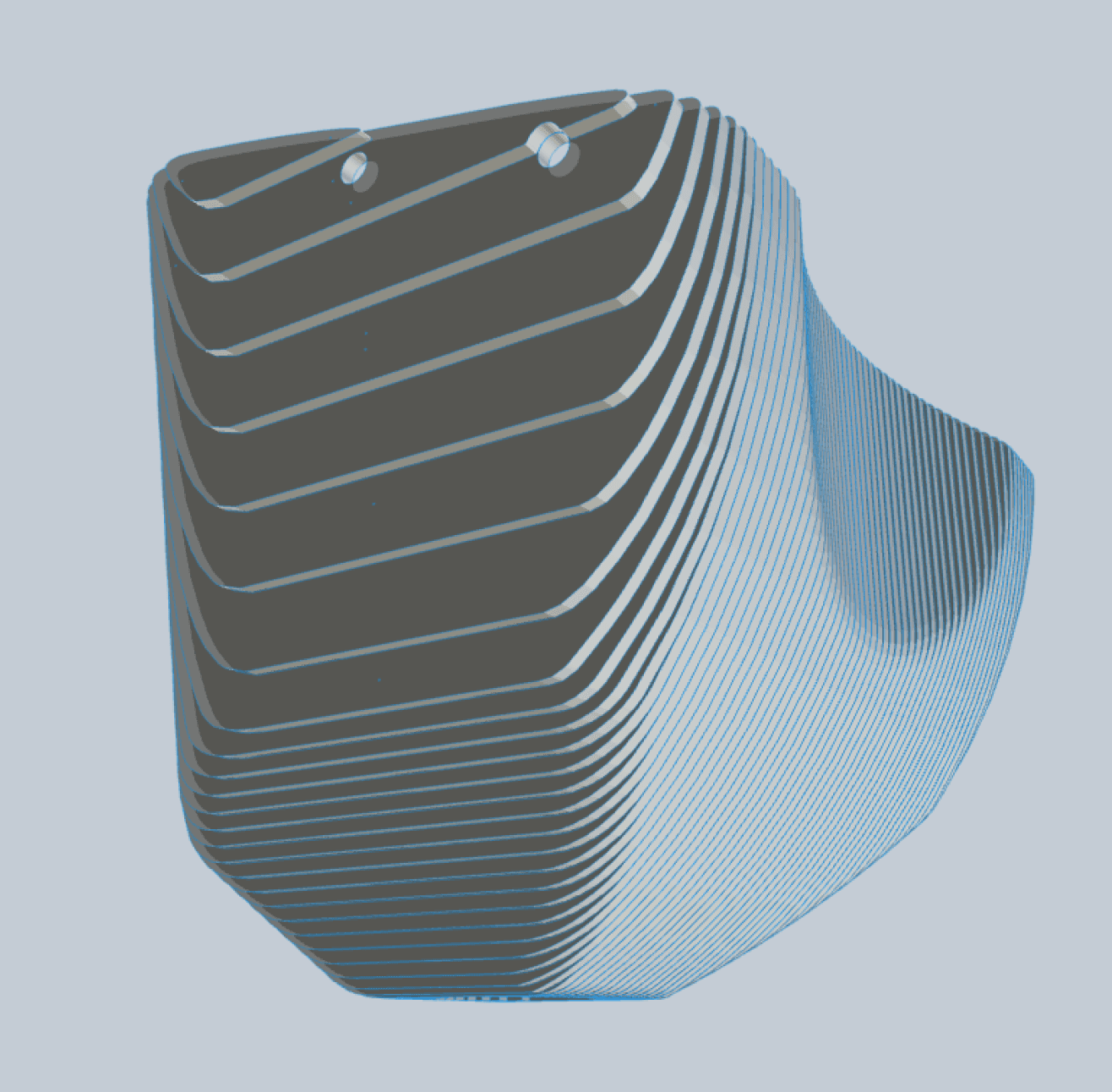


Volumetric model
Volumetric model
When we got enough out of Quasimodo, we needed to make a volumetric version of it. A more ergonomic and true-to-size prototype that we could give to coffee harvesters for them to try out. And so, Adam was born, out of 72 laser cut ribs.
When we got enough out of Quasimodo, we needed to make a volumetric version of it. A more ergonomic and true-to-size prototype that we could give to coffee harvesters for them to try out. And so, Adam was born, out of 72 laser cut ribs.
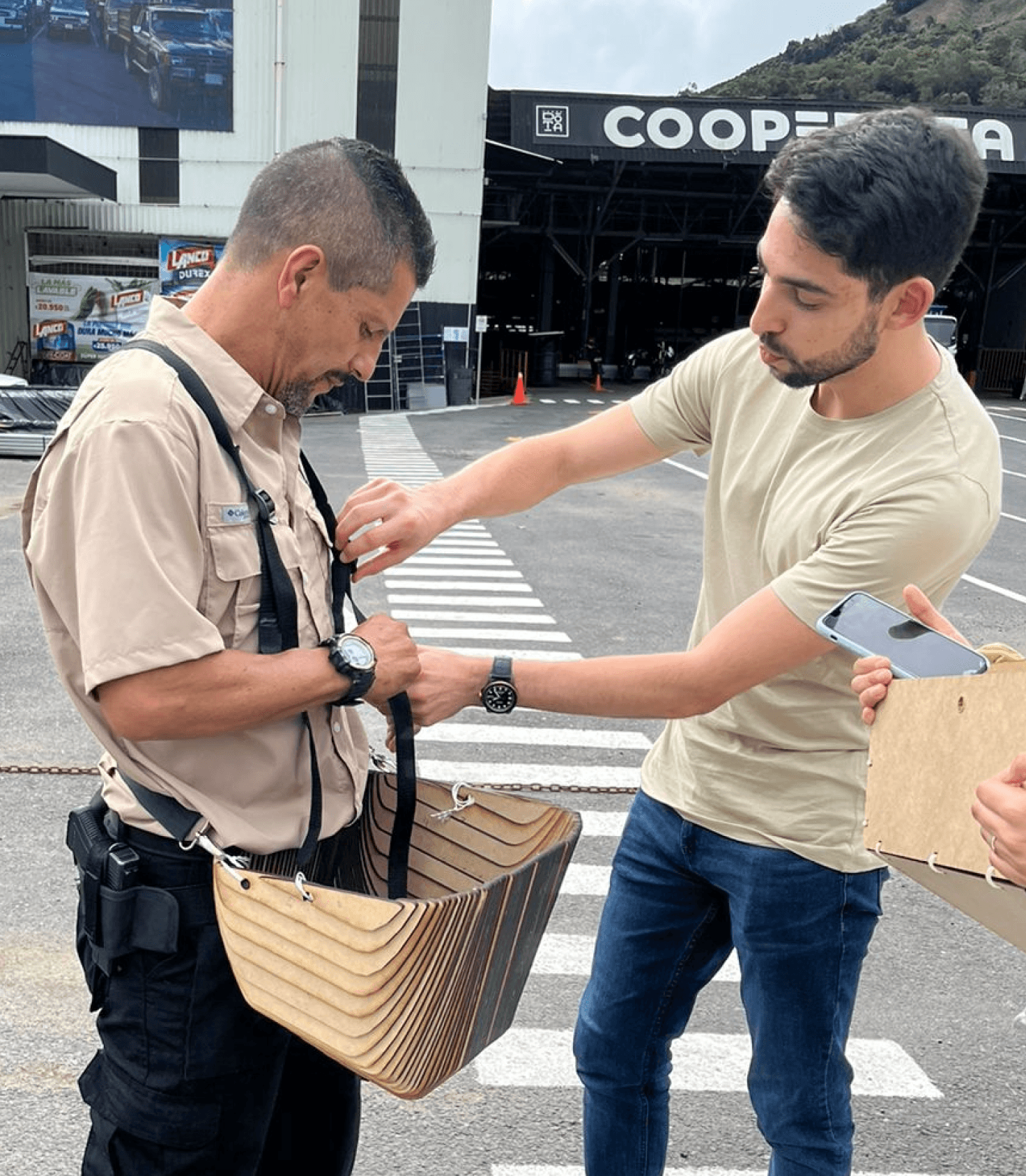
User testing
We took our ribbed model to the harvesters and let them toy around with it. To our delight, we recieved very positive feedback and they even asked to keep it.
We took our ribbed model to the harvesters and let them toy around with it. To our delight, we recieved very positive feedback and they even asked to keep it.
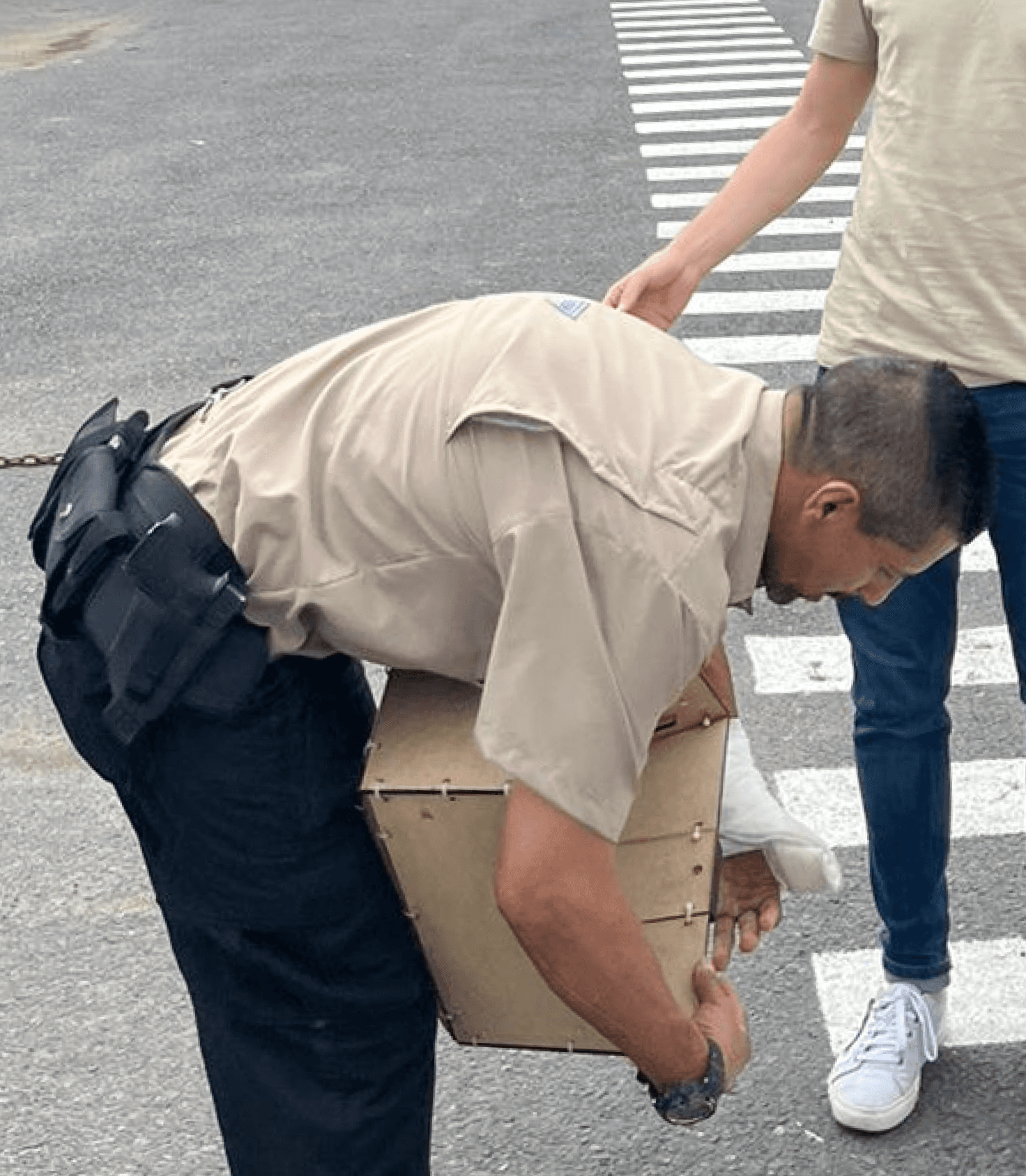
Did you know?
This is how coffee harvesters usually offloaded the beans from the baskets into the bags. We addressed this by incorporating a side latch.
This is how coffee harvesters usually offloaded the beans from the baskets into the bags. We addressed this by incorporating a side latch.
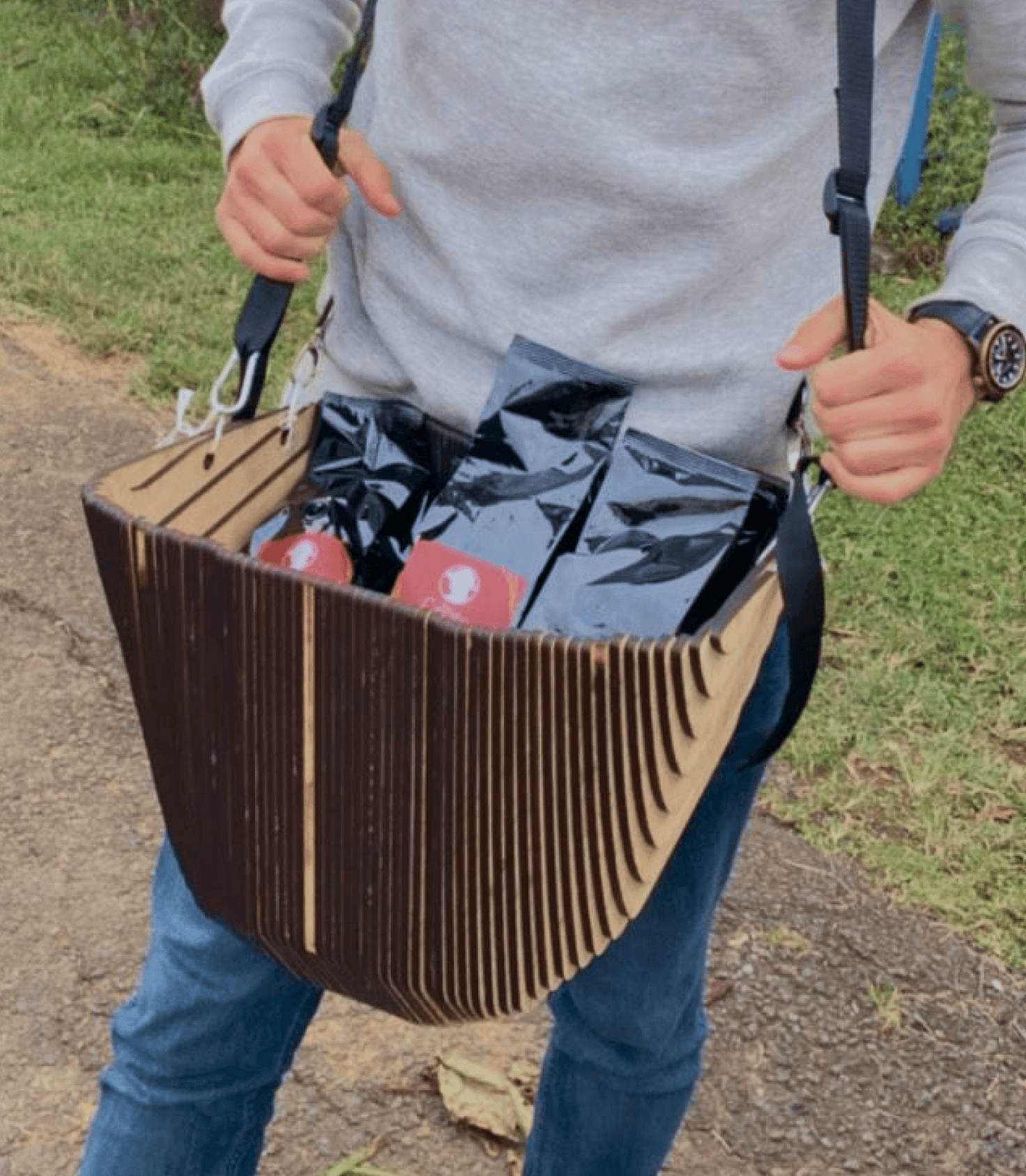
And of course...
And of course...
We made sure it could carry Costa Rican specialty coffee.
;)
We made sure it could carry Costa Rican specialty coffee.
;)
High fidelity model
High fidelity model
Our 3D-printed high fidelity model provided handles in key points, a latch from which to pour out the beans and a 3 point harness that redistributed the full 20 kilos of weight more naturally, while still being stackable. We named it Juan Ferrari for it is bright red color that gives it high visibility so that its not lost and left behind in the coffee farms.
Our 3D-printed high fidelity model provided handles in key points, a latch from which to pour out the beans and a 3 point harness that redistributed the full 20 kilos of weight more naturally, while still being stackable. We named it Juan Ferrari for it is bright red color that gives it high visibility so that its not lost and left behind in the coffee farms.
